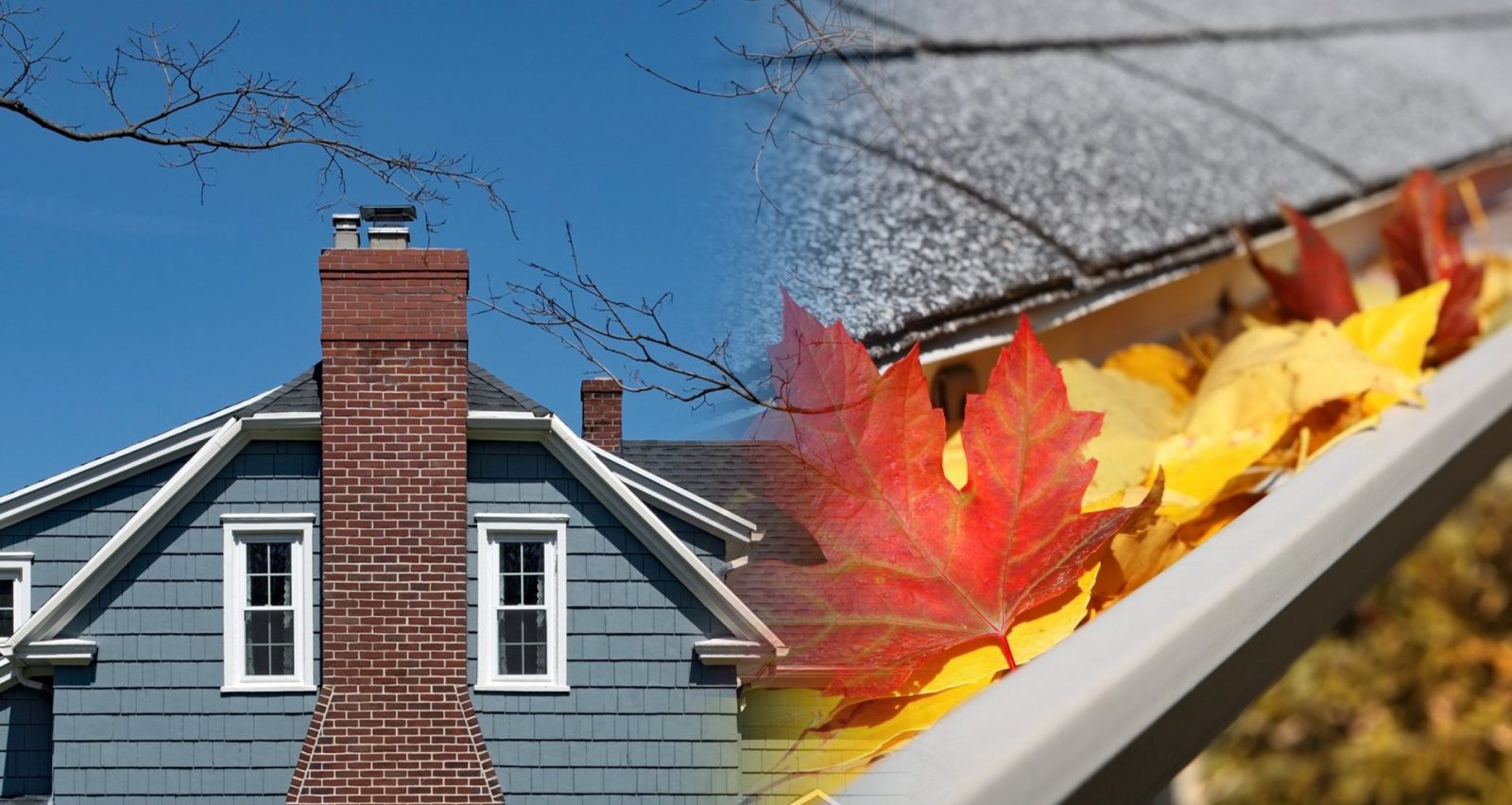Unlock the Tricks of Effective Chimney Maintenance San Jose for a Healthy Home
Unlock the Tricks of Effective Chimney Maintenance San Jose for a Healthy Home
Blog Article
Professional Tips for Effective Chimney Maintenance You Need to Know
Chimneys offer as vital parts in several homes, providing warmth and comfort. However, ensuring their correct maintenance is commonly overlooked up until problems arise. Comprehending the complexities of smokeshaft treatment can be the trick to avoid pricey repairs and safeguarding your home and family members. From the value of regular examinations to safe functional methods, a detailed approach to chimney upkeep is crucial. Let's discover professional pointers that can aid you maintain your chimney in ideal problem for several years to come.
Relevance of Regular Assessments
Normal assessments of chimneys are essential for ensuring their safety and security and performance. Smokeshafts play an essential duty in venting out unsafe gases and maintaining correct airflow in a home. With time, creosote accumulation, debris, and structural damages can happen within the chimney, posing serious threats such as chimney fires or carbon monoxide leakages.
During a chimney assessment, educated experts evaluate the problem of the chimney, seeking any indicators of damage, clogs, or deterioration. They also examine the integrity of the flue, chimney liner, and smokeshaft cap to make sure whatever remains in correct working order. By identifying and attending to problems early on, costly repair work or prospective dangers can be avoided.
Regular inspections not just help in keeping the safety of the chimney however likewise add to its overall effectiveness. A tidy and properly maintained chimney runs a lot more effectively, making sure correct air flow and decreasing the threat of indoor air pollution. Consequently, scheduling annual smokeshaft evaluations is a positive step that home owners can take to shield their home and loved ones.
Cleaning Methods and Regularity
Keeping the security and performance of a chimney includes not just routine assessments yet likewise implementing appropriate cleaning strategies and establishing the ideal frequency for cleansing. Chimneys ought to be cleaned up by a specialist chimney sweeper at least annually, also if they are not often made use of. However, if the smokeshaft is used routinely, particularly with wood-burning cooktops or fireplaces, it may call for even more constant cleansings to avoid the build-up of creosote, a highly combustible compound that can cause chimney fires.
The cleansing procedure normally includes getting rid of creosote, residue, and debris from the smokeshaft flue, smoke chamber, and firebox. Professional chimney sweeper use specialized vacuums, devices, and brushes to make certain comprehensive cleaning without developing a mess in the home. In addition, they inspect the smokeshaft's structure for any type of indicators of damages or wear that may call for repairs. Property owners ought to never ever overlook chimney cleansing, as it is crucial for maintaining a useful and safe chimney system - Chimney Maintenance San Jose. Normal cleanings not just minimize the danger of smokeshaft fires yet also boost the chimney's general performance and durability.
Resolving Chimney Leaks

When attending to chimney leakages, comprehensive inspection and prompt repairs are essential to prevent water damage and keep the structural stability of the chimney. Leakages in a chimney can lead to severe concerns such as mold and mildew growth, wear and tear of the chimney structure, and also prospective fire dangers. To properly address chimney leakages, begin by checking the smokeshaft cap, crown, blinking, Visit This Link and masonry for any kind of indicators of damage or wear.
Understanding Creosote Build-Up
To recognize the possible risks of creosote accumulation in smokeshafts, it is crucial to identify its formation procedure and influence on smokeshaft performance. Creosote is a black or brown tar-like material that collects inside smokeshaft systems when wood or fossil fuels are burned. As smoke climbs through the chimney, it cools and condenses, causing the development of creosote, which abides by the chimney walls.

Normal chimney inspections and cleanings by a specialist smokeshaft move are important in avoiding creosote build-up and ensuring the risk-free operation of your smokeshaft system.
Safe Operation Practices
Applying proper safety procedures is vital for the secure and efficient procedure of smokeshaft systems. Always ensure that the smokeshaft is skillfully checked and cleaned up consistently to get rid of any creosote buildup, which can lead to chimney fires.
Moreover, make certain to just melt skilled timber in your fire place, as green or wet timber can produce more creosote and cause unsafe smokeshaft obstructions. Lastly, never leave a fire unattended and always see to it the fire is completely extinguished prior to going to bed or leaving your home. By following these risk-free procedure practices, you can enjoy a comfortable and warm fire while making sure the safety and security of your home and liked ones.
Conclusion
In conclusion, keeping your smokeshaft is necessary for ensuring its safety and security and performance. Regular inspections, appropriate cleaning strategies, dealing with leakages, taking care of creosote build-up, and adhering to risk-free operation practices are key facets of smokeshaft maintenance.
Over time, creosote build-up, debris, and structural damage can take place within the smokeshaft, positioning significant dangers such as chimney fires or carbon monoxide leakages.
If the chimney is utilized on a regular basis, particularly read this with wood-burning the original source cooktops or fireplaces, it may need more frequent cleansings to avoid the build-up of creosote, an extremely combustible substance that can lead to smokeshaft fires. (Chimney Maintenance San Jose)
To recognize the prospective hazards of creosote build-up in smokeshafts, it is essential to recognize its formation process and impact on smokeshaft performance. As smoke climbs with the smokeshaft, it cools and condenses, leading to the development of creosote, which sticks to the smokeshaft wall surfaces.
Always ensure that the chimney is skillfully checked and cleaned up regularly to eliminate any kind of creosote build-up, which can lead to smokeshaft fires.
Report this page